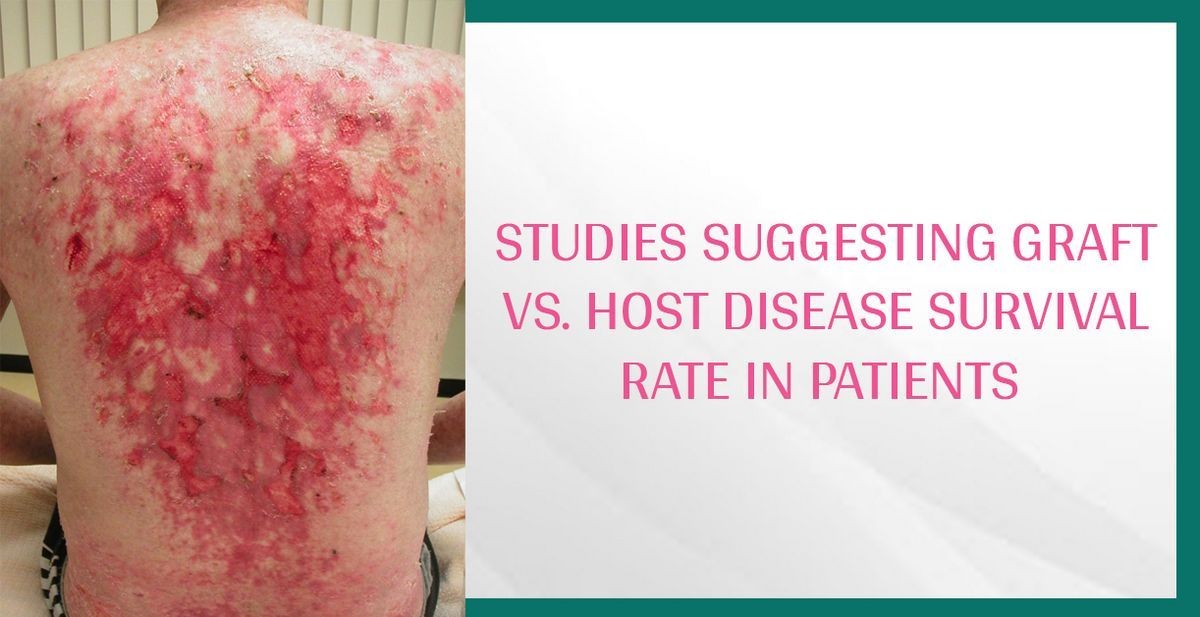
Contents
Graft Versus Host Disease (GVHD) Explained
Acute GVHD is a condition involving clinical symptoms like dermatitis, or skin inflammation, which is marked by an itchy, red, and possibly painful rash.
- Graft-versus-host disease (GVHD) occurs when immune cells from the donor tissue (the graft) attack the recipient’s tissues after transplantation.
- GVHD is a complication of allogeneic transplants, which are bone marrow transplants from both related and unrelated donors.
- Symptoms of acute and chronic GVHD can vary in severity and may include skin inflammation, jaundice, GI discomfort, and other organ problems.
- Acute GVHD typically occurs within 100 days post-transplant and causes skin rash, liver issues, and intestinal symptoms.
- Chronic GVHD occurs later and can affect multiple organs and body systems.
- The pathophysiology of GVHD involves complex interactions between immune cells of the donor and recipient.
- While GVHD cannot be prevented, there are measures to reduce the risk.
- Immunosuppressive medications, including corticosteroids, are the primary treatment for GVHD.
- A skin biopsy helps diagnose GVHD in patients with symptoms.
- Chronic GVHD is more likely to occur in those who had acute GVHD but can also develop independently.
- Ongoing advancements in transplant technology aim to decrease the incidence of GVHD.
Understanding Graft-Versus-Host Disease
Graft-versus-host disease (GVHD) is an immune condition that occurs after transplant procedures when donor immune cells (the graft) attack the recipient’s tissues. It commonly accompanies allogeneic bone marrow transplants. These transplants involve receiving bone marrow tissue or cells from a donor and are used to treat various cancers and blood-related conditions. GVHD can also follow transplantation of organs that contain immune system cells.
The compatibility between donor and recipient cells affects the risk of GVHD. The severity of the disease can vary. There are two types of GVHD: acute and chronic.
Graft-Versus-Host Disease Causes
The pathophysiology of GVHD is complex, involving interactions between donor immune cells and host tissues. GVHD is more likely to happen when donor and recipient tissues are not genetically similar. Various cytokines and immune signaling compounds are thought to play a role in its development.
Risk Factors for GVHD
Patients undergoing bone marrow transplant and those with certain underlying diseases have an increased risk of GVHD. Advanced age and a donor-recipient gender mismatch also elevate the risk. Immunosuppressive drugs are administered before transplant to reduce the likelihood of GVHD. Other risk factors include having a donor who has been pregnant and the age of the donor or recipient.
Graft-Versus-Host Disease Symptoms and Types
There are two main types of GVHD: acute and chronic.
Acute GVHD appears within 100 days after transplant. Symptoms include:
- Itchy, red, and possibly painful rash (dermatitis)
- Liver inflammation leading to jaundice and other signs
- Inflammation of the intestinal tract resulting in diarrhea, nausea, abdominal pain, and blood in the stool
Chronic GVHD typically manifests after 100 days post-transplant. Symptoms may include:
- Dry eyes or mouth
- Vision changes
- Mouth ulcers or patches
- Difficulty swallowing
- Hair loss
- Sensitivity to certain foods
- Mouth pain
- Pulmonary symptoms like wheezing or shortness of breath
- Muscle or joint pain and weakness
- Fatigue
- Red or raised skin rash, thickened or raised skin, and skin discoloration
- Vaginal dryness
- Loss of appetite and weight
- Jaundice
- Abdominal pain or tenderness
Acute and chronic GVHD can be mild, moderate, severe, or life-threatening. Persistent, recurrent, late-onset GVHD and overlap syndrome may also occur.
GVHD Treatment
GVHD is primarily treated with immunosuppressant medications, including corticosteroids. Other drugs are used when steroids are ineffective. Multiple medications and combinations thereof are available, and ongoing trials explore new treatments for GVHD.
Nonsteroid immunosuppressants used to treat GVHD include:
- Antithymocyte globulin (Thymoglobulin)
- Denileukin diftitox (Ontak)
- Daclizumab (Zenapax)
- Infliximab (Remicade)
- Sirolimus (Rapamune)
- Tacrolimus (Prograf)
- Mycophenolate mofetil (CellCept)
- Etanercept (Enbrel)
- Pentostatin (Nipent)
- Thalidomide (Thalomid)
Treatment with immune-suppressing drugs increases the risk of infections, including bacterial and fungal infections.
Extracorporeal photophoresis (ECP) combines leukopheresis and photodynamic therapy to treat GVHD. This involves exposing patient blood to a sensitizing agent followed by ultraviolet A irradiation before reinfusion.
Polycythemia Vera Explained
Polycythemia Vera Explained


